Portland’s Gentrification is Creating Mammoth Commute Issues
Friday, March 27, 2015

With fewer jobs in their own neighborhoods, many residents must travel farther for employment, costing them money and time. Some have commutes close to an hour.
“That’s unhealthy—to spend that much of your life getting to or from work. It’s an equity issue, and it needs to be addressed,” said Nick Christensen, former chair of the Lents Neighborhood Association.
Data released by the Brookings Institute finds that residents in Portland’s high poverty neighborhoods access to jobs within the average commute time dropped by 10.9 percent between 2000 and 2012. Neighborhoods with a minority majority saw the largest drop by far—a 35.6 percent. It was the second biggest decrease of the largest metro areas in the United States.
With less jobs available close by, many residents face longer commute times.
The average commute time for outer east Portland is 29.6 minutes, according to the 2013 American Community Survey. For transit users, it was 48.6 minutes, second only to East Multnomah County.
These neighborhoods also has the lowest average incomes compared to the rest of Portland.
“Its quality of life issue, to spend half an hour on bus just to get to East 82nd and wait for everyone else to get off,” Christensen said.
Access to Jobs
The impact that gentrification has on the east side of Portland and its economy has been felt by many.
“We know job growth has not kept up with the rest of the city. There's been rapid growth in parts and stagnation in others,” Christensen said.
Christensen said attracting new jobs to the area is difficult, as investors are drawn towards areas experiencing growth. A lack of space and unprofitable property—such as half-empty strip malls—makes it hard to attract new businesses.
The Portland metro area has been operating a successful model for growth since the 1970s and has seen busy economic activity in recent years. For the entire Portland metro area, the number of jobs near the average resident only dropped 1 percent according to the Brookings report.
Natalie Holmes, a senior research assistant at the Brookings Institute and co-author on the report, said it is crucial to have evenly distributed economic growth.
“Job growth is good, but where it’s happening really matters,” Holmes said. “It’s important to think regionally. If it’s happening outside, say Clark County, that’s great but not for people living on the other side.”
Holmes said when metro areas leave pockets of poverty it will have negative impacts on the growth of broader regions in the long run.
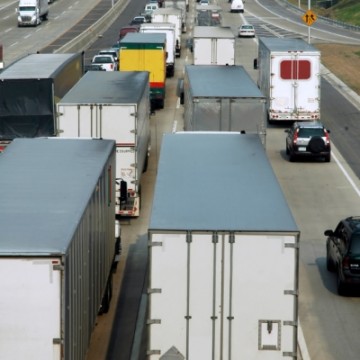
Impact on Commute Traffic

Although Holmes said the research did not fully focus on increase in traffic congestion, it would be an affect of fewer close jobs.
“The farther people move away from jobs, the more time they spend in cars and the more cars are on the road, raising the carbon footprint,” Holmes said.
In the past, the Portland commute was ranked as the 16th worst in the country. In the beginning of 2015, a report headed by the Port of Portland and the Portland Business Alliance projected traffic congestion could cost the state close to $1 billion a year.
Glen Weisbrod, president of the Economic Development Research Group, said congestion can hurt shipping traffic, a crucial component for Portland business, by slowing down deliveries. For local companies, it can make it difficult to hire employees who don’t want to face tough commute times.
"It reduces an effective area a business can draw workers who drive in. Businesses decide to grow on outskirts of the city rather then inside, escaping congestion, which leads to more sprawl,” Wesibrod said. “You can’t close your eyes to traffic congestion—it drives away business.”
Weisbrod said across the United States, job growth for lower level skilled workers is moving to the outskirts of cities, which can create challenges for city transportation.
“There are many ways to address traffic problems, such as public transportation or road use,” Wesibrod said. “The only thing that doesn’t work is not to do anything.”
Improving East Portland
Holmes said those without close access to jobs are less likely to be employed and more likely to have longer steches between jobs, especially for lower income groups.
A lack of jobs for low-income neighborhoods like East Portland has been a concern for the East Portland Action Plan (EPAP) for some time. The area has been the focus of strategic priorities, including displacement prevention and economic development.
Lore Wintergreen, EPAP Advocate, said the group is trying to reach goals of higher local business participation for hiring local residents, and the city awarding more minority contracts.
One potential area with employment opportunites is the Columbia Corridor, where Wintergreen said there are living-wage jobs. However, Wintergreen said the lack of public transportation to the area keeps many from working there.
“We want to improve transportation so they can get to jobs, but until that’s done, we need to get the jobs here to the people,” Wintergreen said.
Related Slideshow: 15 Portland Area Neighborhoods With Fastest Growing Poverty
A report from the City Observatory revealed the increasing poverty rates in the Portland metro-area for census tracks. Find which areas saw the highest increases in poverty.

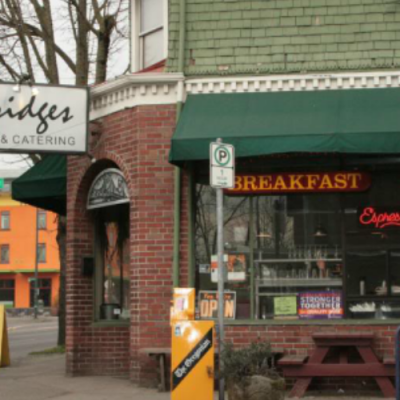
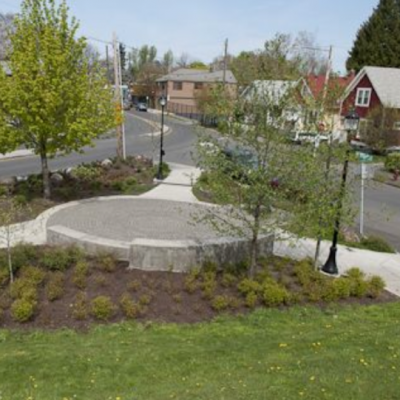
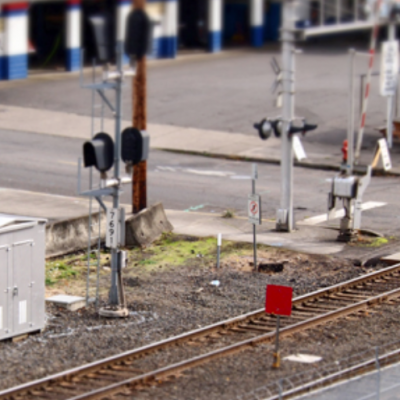

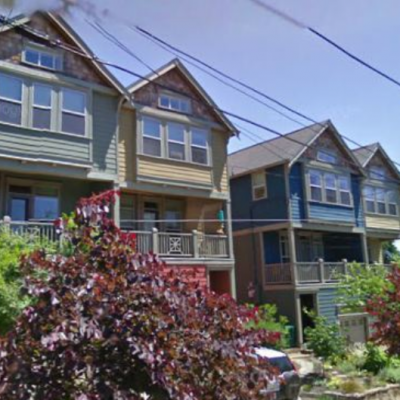
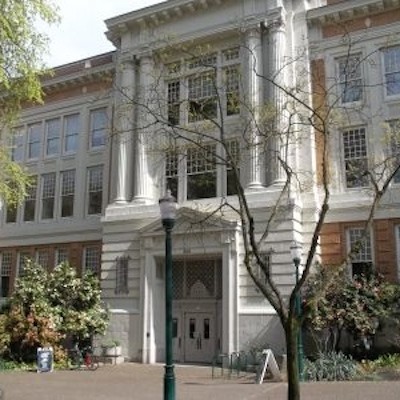
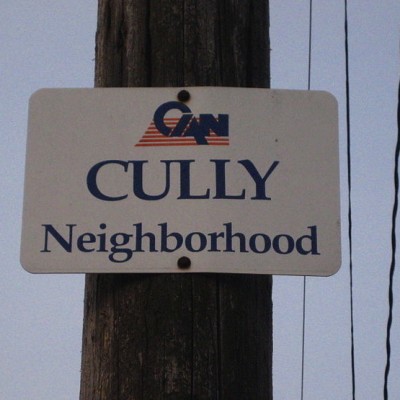
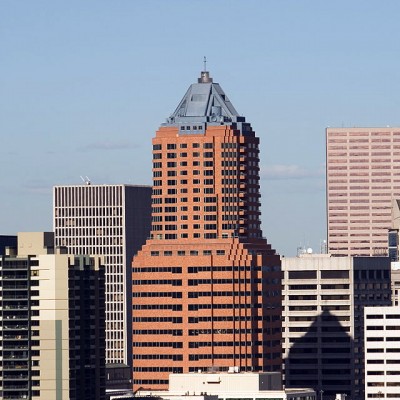
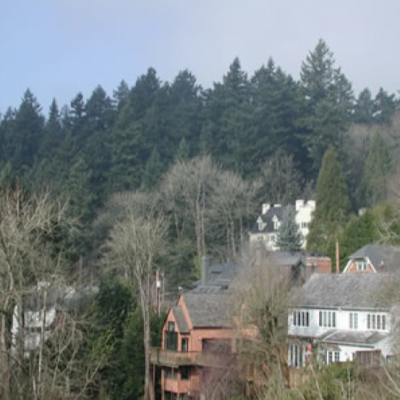


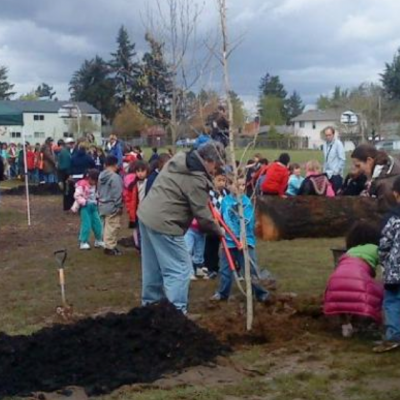
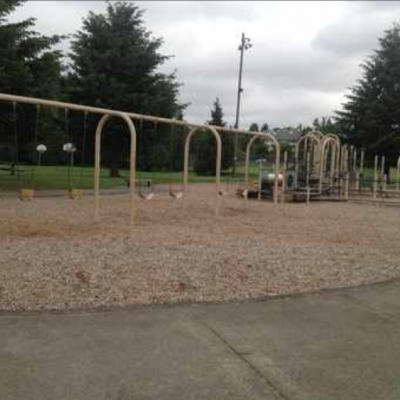
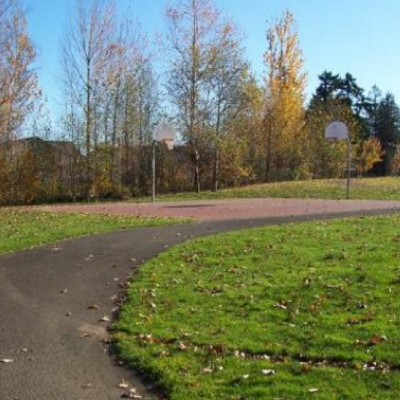
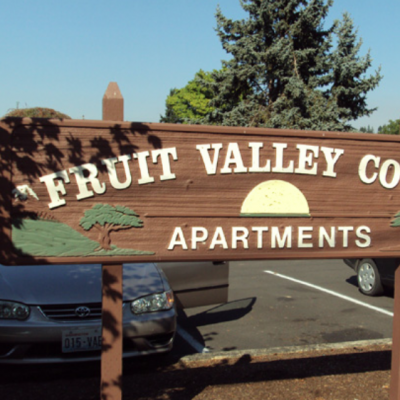


















Follow us on Pinterest Google + Facebook Twitter See It Read It